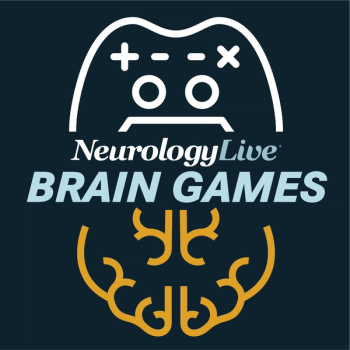
Exablate Neuro Gains FDA Approval for Staged Bilateral Focused Ultrasound in Advanced Parkinson Disease
Key Takeaways
- The FDA approved Exablate Neuro for bilateral pallidothalamic tractotomy in advanced Parkinson's disease, enabling comprehensive treatment for severe motor symptoms.
- Exablate Neuro uses MRI-guided focused ultrasound, offering a safer, incisionless alternative to traditional surgical interventions for Parkinson's disease.
Exablate Neuro is a noninvasive, MRI-guided focused ultrasound technology designed to treat targeted brain areas without incisions or implanted hardware, offering a lower-risk alternative to traditional surgery.
According to a new announcement, the FDA has approved the use of Insightec’s Exablate Neuro platform for staged bilateral pallidothalamic tractotomy in patients with advanced Parkinson disease (PD), covering both the initial and subsequent procedures to enable comprehensive bilateral treatment. This expanded indication offers a therapeutic option for patients with severe motor symptoms of PD who have not experienced relief from previous therapies.1
Exablate Neuro uses MRI-guided focused ultrasound to precisely target areas in the pallidothalamic tract through an incisionless procedure that requires no implanted hardware, offering a lower risk profile than traditional surgical interventions. Insightec noted that it is planning a limited launch of the bilateral procedure at select centers in 2025, alongside ongoing efforts to establish routine reimbursement pathways and expand patient access.
“This milestone reflects our commitment to expanding access to safe, effective, and incisionless treatment options for people living with Parkinson’s disease,” Maurice R. Ferré, MD, CEO and chairman at Insightec, said in a statement.1 “With this new indication, we’re advancing care for movement disorders and opening the door to life-changing treatment for those who need it now and in the years ahead.”
Insightec noted that the approval was supported by positive findings from a phase 3 study (NCT04728295) conducted at 9 centers across the United States, Europe and Asia, with full results anticipated to be published later this year. Presented at the
In the study, researchers included levodopa-responsive patients with PD who had troubling bilateral motor symptoms. The primary efficacy end point was the OFF-medication, upper plus lower extremity motor score from the Movement Disorder Society-Unified Parkinson’s Disease Rating Scale (MDS-UPDRS Part III), comparing 3 months post bilateral treatment to baseline. Additionally, investigators assessed safety by the incidence and severity of device- and procedure-related adverse events.
“This new indication represents a significant step forward in how integrated movement disorder teams will approach the treatment of Parkinson’s disease,”
Previously, Exablate Neuro received FDA approval for unilateral treatment of medication-refractory essential tremor (ET) in 2016, tremor-dominant PD in 2018, unilateral pallidotomy for PD-related dyskinesia and motor symptoms in 2021 and staged unilateral treatment for ET on the contralateral (second) side in 2022. “The ability of MR-guided focused ultrasound to precisely target both sides of the brain and improve disabling symptoms, without the need for a surgical incision or anesthesia, offers new hope for persons with Parkinson’s disease,” Arif Dalvi, MD, director of the Comprehensive Movement Disorders Center at Palm Beach Health Network, said in a statement.1
REFERENCES
1. Insightec Announces FDA Approval of Staged Bilateral Focused Ultrasound Treatment for Parkinson’s Disease. News Release. Insightec. Published July 8, 2025. Accessed July 9, 2025. https://insightec.com/news/insightec-announces-fda-approval-of-staged-bilateral-focused-ultrasound-treatment-for-parkinsons-disease/
2. Dalvi A, Zucker L, Chang WC, et al. Staged, Bilateral MR-guided Focused Ultrasound Pallidothalamic Tractotomy as a Treatment for Movement Disorders: Rationale and Design of a Parkinson’s Disease Study. Presented at: 2025 AAN Annual Meeting; April 5-9; San Diego, CA. Poster Session 11. Poster 5-026.
Newsletter
Keep your finger on the pulse of neurology—subscribe to NeurologyLive for expert interviews, new data, and breakthrough treatment updates.



































